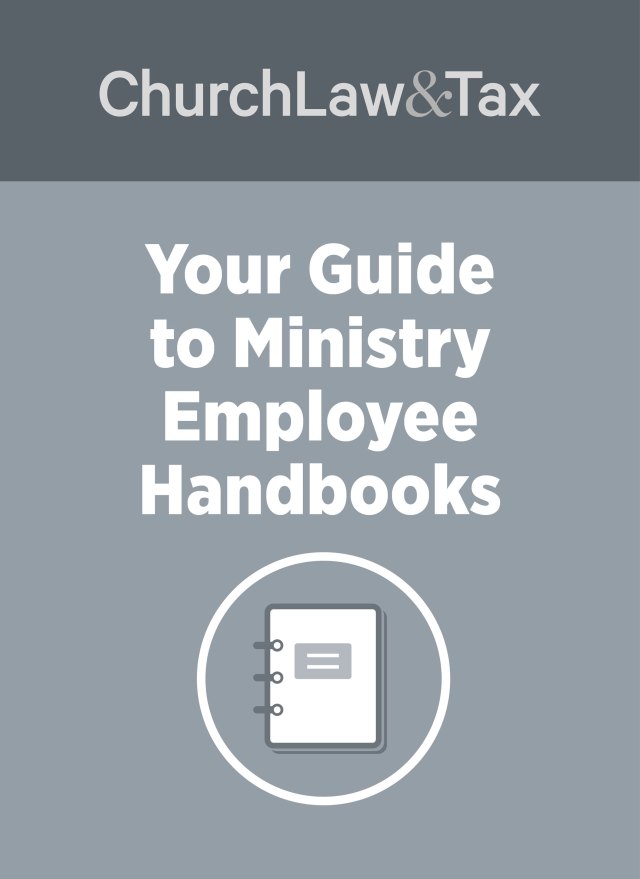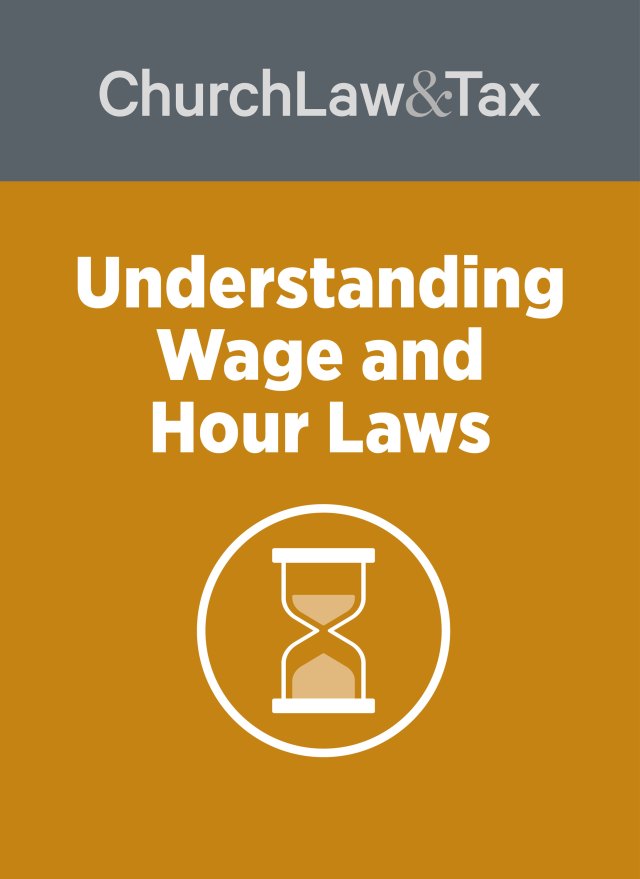All employers, including churches, are to begin using a new Form I-9, the U.S. Citizenship and Immigration Services (USCIS) announced in late July.
Form I-9 is required of employers to verify the identity and the employment authorization of their employees to work in the country.
The new form became available August 1, 2023, and allows certain qualifying employers an alternative way of examining identifying documents for new employees using E-Verify.
According to the Homeland Security Department rule, to use E-Verify, an employer must be an E-Verify participant in good standing, which is defined as:
- An employer that has enrolled in E-Verify with respect to all hiring sites in the U.S. that use the alternative procedure;
- is compliant with all requirements of the E-Verify program including but not limited to verifying the employment eligibility of newly hired employees in the U.S.;
- continues to be a participant in good standing in E-Verify at any time during which the employer uses the alternative procedure.
The agency also announced other key changes likely affecting most, if not all, employers, including many churches.
Sunset of COVID-19 verification flexibility
One such change: the sunsetting of a COVID-19-era deferment for employers that allowed remote verification of employee I-9 documentation.
Starting July 31, 2023, employers have 30 days to comply with traditional Form I-9 requirements for employees whose I-9 documents were remotely verified between March 20, 2020, and July 31, 2023.
For employers that are not eligible to participate in the alternative inspection process via E-Verify, this means all I-9 documents remotely inspected under COVID-19 flexibilities must be physically inspected, in-person, by August 30, 2023.
Old form I-9 valid through Oct. 31, 2023
Employers may continue using the old Form I–9 (Rev. 10/21/19) through October 31, 2023, as they adjust to the agency’s various changes.
However, starting November 1, 2023, employers who fail to use the new form may be subject to all applicable penalties under the Immigration and Nationality Act as enforced by U.S. Immigration and Customs Enforcement (ICE).
Important: Employers do not need to complete the new Form I–9 (Rev. 08/01/23) for employees who already have a properly completed Form I–9 on file, unless reverification applies after October 31, 2023.
Key revisions and updates
Several other revisions made by the agency are designed to ease burdens on employers and employees, including:
- The new form can be completed on tablets and mobile devices.
- The new form comes with fewer instruction pages.
- Instructions include how to use a new checkbox for employers who choose to examine Form I–9 documentation under an alternative procedure.
- Reduced Sections 1 and 2 to a single-sided sheet. No previous fields were removed. Rather, multiple fields were merged into fewer fields when possible.
- Moved the Section 1 Preparer/Translator Certification area to a separate, standalone supplement (Supplement A) that employers can provide to employees when necessary. Employers may attach additional supplement sheets as needed.
- Moved the Section 3 Reverification and Rehire area to a separate, standalone supplement (Supplement B) that employers can print if or when rehire occurs or reverification is required. Employers may attach additional supplement sheets as necessary.
- Removed use of “alien authorized to work” in Section 1 and replaced it with “noncitizen authorized to work” as well as clarified the difference between “noncitizen national” and “noncitizen authorized to work.”
- Removed certain features to ensure the form can be downloaded easily. This also removes the requirement to enter “n/a” in certain fields.
- Updated the notice at the top of the Form I–9 that explains how to avoid discrimination in the Form I–9 process.
- Revised the Lists of Acceptable Documents page to include some acceptable receipts as well as guidance and links to information on automatic extensions of employment authorization documentation.
- Added a box that eligible employers must check if the employee’s Form I–9 documentation was examined under a DHS-authorized alternative procedure rather than via physical examination.
More about the new form I-9
The new form contains two sections and two supplements:
- Section 1 of the form collects, at the time of hire, identifying information about the employee (and preparer or translator if used), and requires the employee to attest to whether the employee is a U.S. citizen, noncitizen national, lawful permanent resident, or noncitizen authorized to work in the United States.
- Section 2 of the form collects, within three days of the employee’s hire, identifying information about the employer and information regarding the employee’s identity and employment authorization. The employee must present original documentation evidencing the employee’s identity and employment authorization, which the employer must review.
- Supplement A, Preparer and/or Translator Certification for Section 1, is completed when employees have preparers or translators assist them in completing Section 1 of Form I–9.
- Supplement B, Reverification and Rehire (formerly Section 3), is primarily used to verify the continued employment authorization of the employee.
This Supplement is completed prior to the date that the employee’s employment authorization or employment authorization documentation recorded in either Section 1 or Section 2 of the form expires, if applicable.
It may also be used if the employee is rehired within three years of the date of the initial completion of the form and to record a name change.
Record retention policy
An employer must maintain Forms I–9 for as long as individuals work for the employer and for the required retention period after the termination of an individual’s employment (either three years after the date of hire or one year after the date employment ended, whichever is later).
Also, employers must make their employees’ Forms I–9 available for inspection upon request by Department of Homeland Security (DHS), the Immigrant and Employee Rights Section (IER) in the US Department of Justice’s Civil Rights Division, and the US Department of Labor.
An employer’s failure to ensure proper completion and retention of Forms I–9 may subject the employer to civil money penalties, and, in some cases, criminal penalties.



